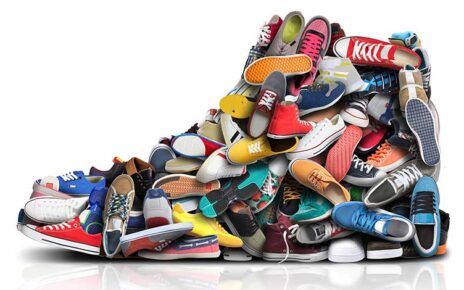Vitamin D, also known as the sunshine vitamin, plays a key role in a healthy diet. Not only does vitamin D regulate the body’s use of calcium, but without vitamin D, bones can become soft and a vitamin D deficiency can cause cognitive impairment in older adults, severe asthma in children, and puts adults at an increased risk of developing cardiovascular disease. While the body can produce vitamin D with sun exposure, getting enough sunlight is not always possible, especially during the winter months. Eating foods high in vitamin D and taking a vitamin D supplement may ensure adequate intake.
Vitamin D Intake
The current recommendations of daily vitamin D intake set by the Institute of Medicine are:
-200 IU for all individuals under the age of 50 (including pregnant and lactating women)
-400 IU for those ages 50 to 70
-600 IU for those over 70
Many scientists feel the current recommendations are too low. Both the Institute of Medicine and the Office of Dietary Supplements have undertaken efforts to determine if the current recommendations are sufficient for promoting good health.
Vitamin D Food Sources
According to the National Institutes of Health, food sources that provide 20 percent or more of the DV (Daily Value) of a nutrient are considered high sources. The highest vitamin D food sources are:
-cod liver oil (340 %DV)
-sockeye salmon (199 %DV)
-Chinook salmon (103 %DV)
-mackerel (100 %DV)
-shrimp (41 %DV)
-tuna fish canned in water (39 %DV)
-nonfat, reduced fat and whole, vitamin D fortified milk (29-31 %DV)
-orange juice fortified with vitamin D (25 %DV)
-fortified yogurt (20 %DV)
Foods that contain vitamin D in smaller amounts (less than 20 percent of DV) but are still good vitamin D food sources include: fortified margarine, sardines, beef liver, fortified ready-to-eat cereal, eggs, and Swiss cheese.
Vitamin D Supplements
Getting enough vitamin D through the diet alone is often difficult and without adequate sunlight exposure, supplementation is often necessary. Most multivitamins contain the current AI of vitamin D, 400 IU. Those who opt to take vitamin D supplements should look for vitamin D3 (also listed as cholecalciferol) on the label.





